A trek through Bhutan: what to bring and how to pack, part I
posted Wednesday, March 12, 2014 at 3:08 PM EDT
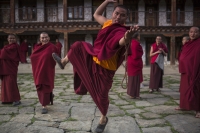
The flight to Bhutan is not an easy one. Coming on the heels of a 30-day stretch of field and production work, very little of what was left of my mind and body was functioning with any degree of efficiency. The last thing I wanted to do was spend 36 hours crammed in a plane seat.
The first leg took me from my home in Washington, DC to Tokyo; the second from Tokyo to Bangkok; and the third – after a very short night in an airport hotel – from Bangkok to Paro, Bhutan.
It really wasn't until I checked in at the Drukkair – Bhutan's official air carrier – counter that the reality of the trip I was to embark on sank in. Bhutan has been on my life list since I first learned about this seemingly magical place 10 years ago. This small kingdom resonated with the intellectual and aesthetic paths I've followed since I discovered my passion for photography as a young man in Jerusalem. I was drawn to a land that made the decisions to preserve nature, cultural identity and the spirituality inherent in both, while the rest of the world chased “progress” and “development” in its many forms.
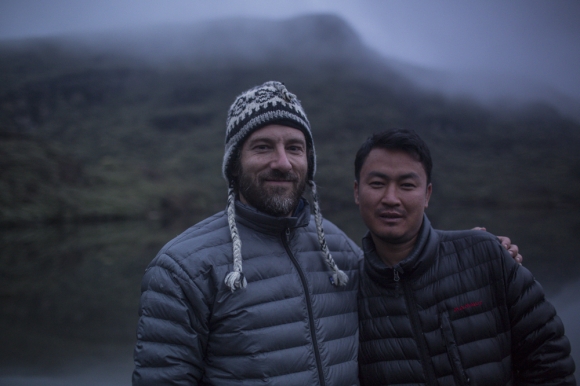
5D Mark III, 35mm f/1.4 L, f/1.8, 1/40s, ISO 1250
Genesis
I made the choice to travel to Bhutan with a few colleagues about a year ago. I'd become a little jaded with the punishing travel and projects in dense cities around the globe. Delhi, Rio and Mexico City had all been on the assignment map in the previous year, and I was feeling a little claustrophobic after months hemmed in with millions of other humans. I needed some time in nature and the Appalachians just weren't cutting it.
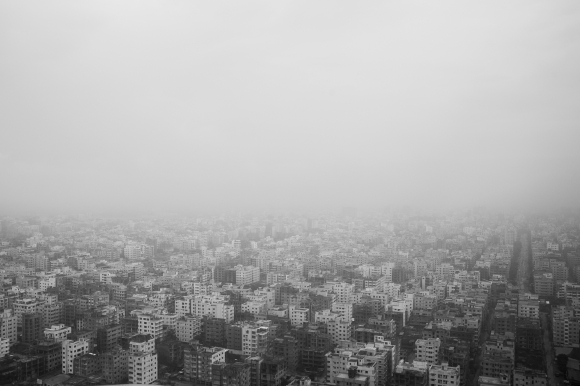
5D Mark III, 35mm f/1.4 L, f/5.6, 1/500s, ISO 320
The trip offered me the opportunity to switch gears in another way: I've made my living for years as a portrait and travel shooter and this was an opportunity to hone my skills with landscapes and nature photography.
Portrait photography can be incredibly draining because there is a lot of outward energy required in photographing humans. In order to really capture their personality you have to bring them out of their shell and make them comfortable. At the beginning of my career, this is what I lived for. Anthropology after all was how I came into this line of work. For me however, I was starting to get a little worn out and felt the need to quiet the mind and stretch myself in new ways. This assignment of mountains and monasteries seemed like an ideal opportunity to do so.
Staying Thirsty
Partnering with a number of Harvard-trained social economists, and one adventure expert, we sought to explore how social and economic development go hand in hand, specifically exploring why Bhutan is considered the 'Happiest Place on Earth.'
Bhutan measures their progress based on the metric of Gross National Happiness rather than the metric of Gross Domestic Product (GDP) used by other countries. As an anthropologist and a photographer I've worked in areas with very different economies and degrees of development, from subsistence and agrarian economies to those that emphasize 'development,' sometimes to the detriment of indigenous cultures. In the era of rapid globalization and economic expansion, there seems to be strong tradeoffs in these areas.
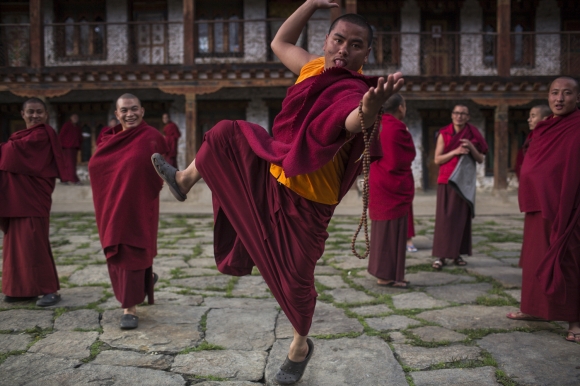
5D Mark III, 35mm f/1.4 L, f/2.2, 1/250s, ISO 100
The crew I worked with was completely new to me. Sometimes I had worked within larger production teams, but for this trip I was working alongside pure academics, and I would be responsible for gathering all the content for the entire journey. In some ways this was a dream gig. Most of my production work for magazines and commercial clients is very task oriented and doesn't always give me the freedom to go and 'find the story.'
Thanks to the Dos Equis Stay Thirsty grant that funded the trip, we had free reign to explore and be open to discovery. It's amazing how often I find that even within a journalistic or editorial context, we can project our own narrative. Mostly this isn't malicious, but just the result of working with limited production budgets, trying to deliver in a fractured and warp speed media environment. Here we had a chance let the story tell itself.
Bhutan Trek
I've been shooting professionally for years, but packing for Bhutan was no easy task. Despite our best attempts, there was a dearth of clear information about seasonal weather trends and about how to pack for the incredibly varied spring mountain weather.
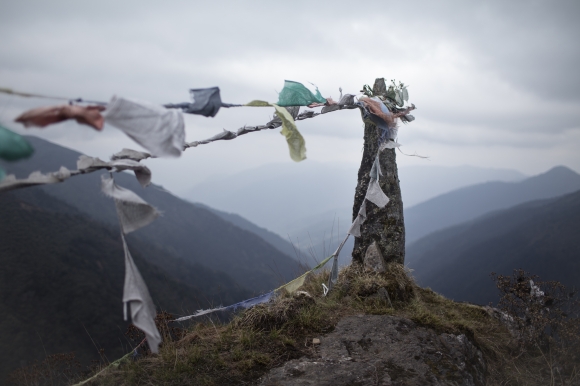
5D Mark III, 35mm f/1.4 L, f/2.0, 1/3200s, ISO 160
Our trip consisted of two distinct parts: an 8-day Himalayan trek and a cultural tour. The trek was intended to give us an understanding of the environment that underpins much of the Bhutanese way of life, while the cultural tour would take us through historical and sacred sites to explore Bhutanese tradition.
The upside to this schedule is we'd gain a robust understanding of a country where environment and culture are deeply linked (and largely intact). The downside, of course, was trying to pack travel gear and camera equipment for what was essentially two separate trips. The journey would take me from snowcapped mountains and rarely-accessed monasteries to city streets and urban markets.
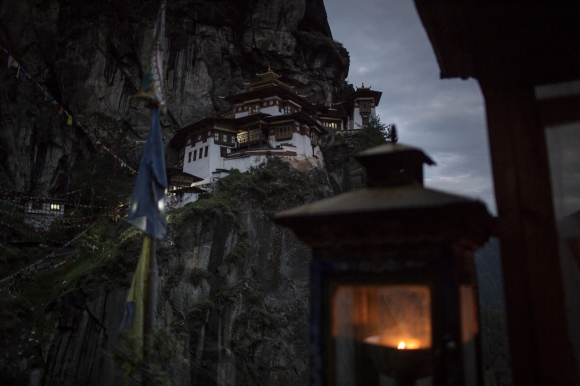
5D Mark III, 35mm f/1.4 L, f/1.6, 1/30s, ISO 2000
Shooting off the grid
The first part of the journey, an 8-day Himalayan trek, presented me with a problem I hadn't encountered since 2009 when I shot in remote parts of Ethiopia: in the age of digital, how do you stay powered up and loaded up with storage capacity hundreds of miles from electricity and the internet?
Power solutions
I looked up a number of solutions prior to my trip and was frustrated with the lack of good options. Back in the film days, a few AA batteries and a frame pack would let you shoot for days. With digital though, it can be challenging and expensive to stay powered remotely. I researched a number of options, including just buying a ton of aftermarket Canon Batteries, to remote storage and power devices. In the end, I decided to try both conventional and alternative options.
Two products seemed to me to be able to handle the workload I would need: the Paul C. Buff Vagabond Mini, and the Goal Zero solar recharging system. I figured the Vagabond would give me a back up if the solar unit couldn't keep up with my power demand, while the Goal Zero Solar system would give me options if and when the Vagabond ran out of juice.
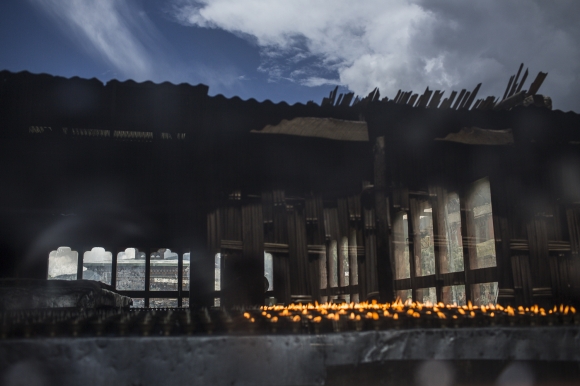
5D Mark III, 35mm f/1.4 L, f/2.8, 1/1250s, ISO 100
And storage
For storage, I went with a combination of CF and SD. Keeping my photos on solid-state memory rather than worrying about transferring to an external hard drive was a major benefit.
I was a bit reticent to take my MacBook Air. I had bad experiences with the power in India in years past. Batteries wore down and the power was often insufficient to top them off. If I could avoid bringing the computer I would (and did).
Protecting my gear
Additionally, I was particularly nervous about how all my gear would hold up under the cold rains of the Bhutanese highlands. To combat this, I brought ample dry bags, 50 gallon trash bags, a bevy of smaller zip locks, silica desiccant packs, as well as my ThinkTank roller/backpack bag with its own nylon cover.
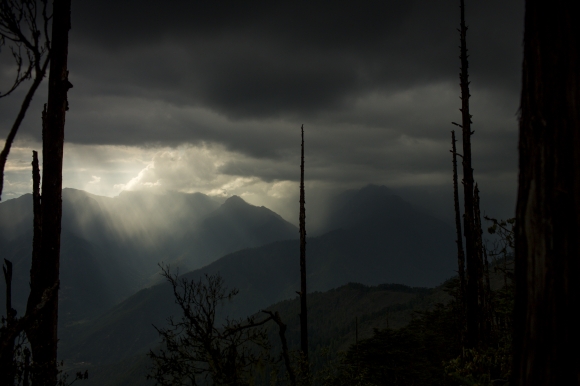
5D Mark III, 35mm f/1.4 L, f/4.0, 1/4000s, ISO 320
The gear
After a flurry of phone calls to those in the know and several orders to Amazon, I settled on the following photo kit that combined my old gear as well as some new:
- Canon 5D Mark III
- Canon 5D Mark II
- Canon 35mm f/1.4L USM
- Canon 24-70 f/2.8L USM
- Nikon Nikkor 35mm f/1.4 AIS Manual Focus
- Nikon Nikkor 55mm f/2.8 Normal Macro Manual Focus
- Nikon Nikkor 85mm f/2.8 PC-E Manual Focus
- Goal Zero Nomad 20
- Goal Zero Sherpa 100
- Goal Zero Inverter (110V)
- Paul C. Buff Vagabond Mini
- 3 Canon Batteries
- 2 Aftermarket Batteries
- 2 Canon Chargers
- 6 Lexar Professional 400x 64GB SD cards
High in the Himalayas
The landing in Bhutan is nothing short of harrowing. After leaving Bangkok we took a quick layover in Dhaka to refuel and drop off a few passengers. About an hour after our second takeoff, the pilot came over the PA system to tell those of us on the left hand side of the plane that we should look out our window to see the peak of Everest.
It is a unique feeling to be flying as high as this iconic mountain. To see the cragged peaks with their sharp angles jutting out of the sea of clouds below is nothing short of majestic. It was also the first time it really sunk in: this was going to be a very real adventure. Despite all my travels, this would be thoroughly new.
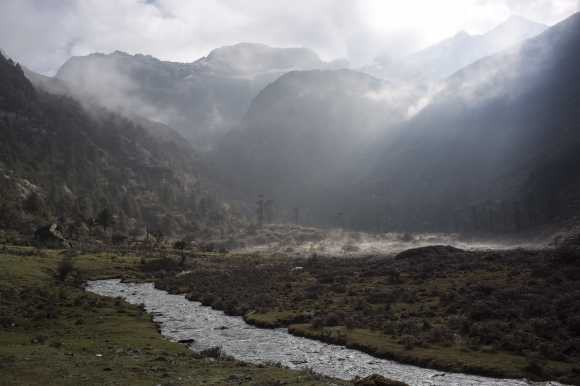
5D Mark III 35mm f/1.4 L, f/5.6, 1/500s, ISO 100.
As the plane started its decent, it banked – hard – to the right and then to the left; while the approach was smooth, navigating the awesome mountains that led to the valley below was pretty thrilling. At each turn, villages and temples flew by, and as the plane kept dropping, the density of the communities increased. After one final hard turn, we landed hard and fast. The elevation of the airport is 7,300 feet, while surrounding peaks stand as high as 18,000ft. It is considered one of the world's most challenging landings, and only eight pilots in the world are certified to land at the airport.
I walked out to greet my team and retired for the night. Unfortunately for me, there wasn't a lot of time to adjust: the departure for the trek was bright and early the following morning.
We drove from the town of Thimpu up to the trailhead where we began our journey. Awaiting us were 9 mules, a horse, and a team that included a chef, 2 porters and a horse master.
We'll be publishing part II of Josh's review and travelogue next week.
---
Joshua Cogan is a documentary, portrait and travel photographer based in Washington, D.C. His award-winning work has appeared in GQ, The New York Times, The Washington Post, The Los Angeles Times, The Travel Channel and The New Yorker. You can find him on facebook, twitter and instagram.